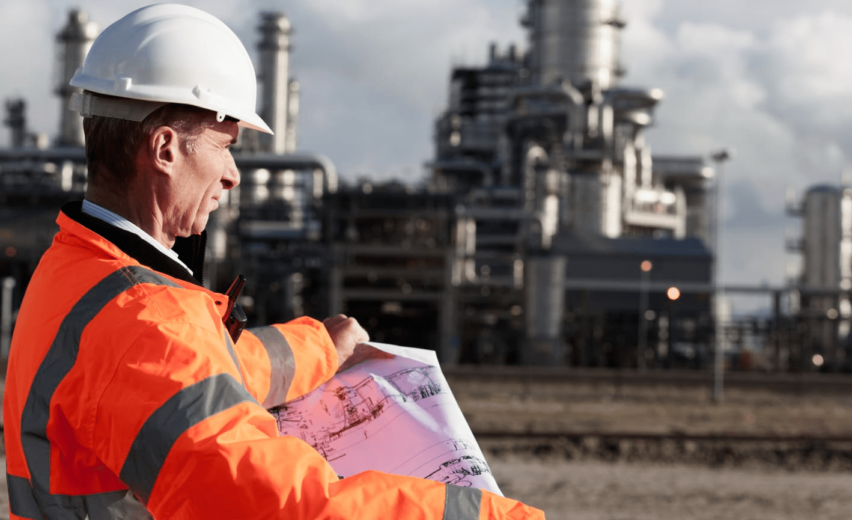The classification of areas in explosive atmospheres is crucial to ensure worker safety.

The study of area classification in explosive atmospheres is related to the identification and categorization of areas where flammable substances such as gases, vapors, dust, or fibers can come into contact with the air and create a potentially explosive atmosphere. These areas are commonly found in industries such as oil, gas, chemical, pharmaceutical, and manufacturing, where industrial processes can generate flammable substances that, if in contact with an ignition source, could cause an explosion.
What is the main objective of area classification?
The primary objective of classifying areas in explosive atmospheres is to assess the risk of forming explosive atmospheres in different parts of an industrial facility and to define specific zones where safety measures must be implemented to prevent explosions. These zones are defined based on the probability and expected frequency of the presence of flammable substances and their potential ignition.
What are the steps of area classification?
The process of area classification involves several steps:
Identification of Flammable Substances: Determine which flammable substances are present or generated during industrial processes.
Assessment of Probability of Explosive Atmosphere Formation: Evaluate the operational and environmental conditions that could lead to the formation of an explosive atmosphere, such as concentration of flammable substances, temperature, pressure, and humidity.
Area Classification: Based on the previous assessments, areas are classified into zones indicating the degree of explosion risk. The zones are typically designated as Zone 0 (where the explosive atmosphere is present continuously), Zone 1 (where the explosive atmosphere can be present occasionally), and Zone 2 (where the explosive atmosphere is unlikely to be present but could occur in abnormal situations).
Selection of Appropriate Equipment: Based on area classification, electrical and mechanical equipment used in these areas must be selected according to appropriate protection standards to prevent ignition of the explosive atmosphere.
Implementation of Prevention Measures: Safety measures such as ventilation systems, grounding, spark containment, and equipment isolation are implemented to prevent the formation and ignition of explosive atmospheres.
What is the importance of this study?
The classification of areas in explosive atmospheres is crucial to ensure worker safety, protect industrial facilities, and prevent serious accidents such as explosions and fires. Specific standards and regulations are established in many countries to guide and regulate area classification in these high-risk industries, and it is of utmost importance to comply with all regulatory requirements.
How can Comquality Engenharia help your company?
“Comquality Engenharia is the first company in the North-Northeast region and the third in Brazil to be certified in technical competence ABNT NBR IEC 60079-17, which demonstrates our ability to perform inspection and maintenance of electrical equipment and installations in classified areas.”
We have a specialized team that delivers optimized solutions in Explosive Atmospheres and Area Classification, and our professionals hold certifications endorsed by IECEx, ensuring the quality of our services.
Need assistance with the inspection and maintenance of explosive atmosphere installations in your company? Get in touch!